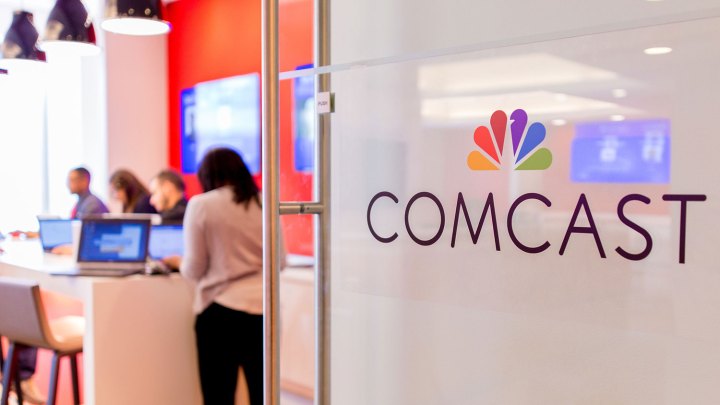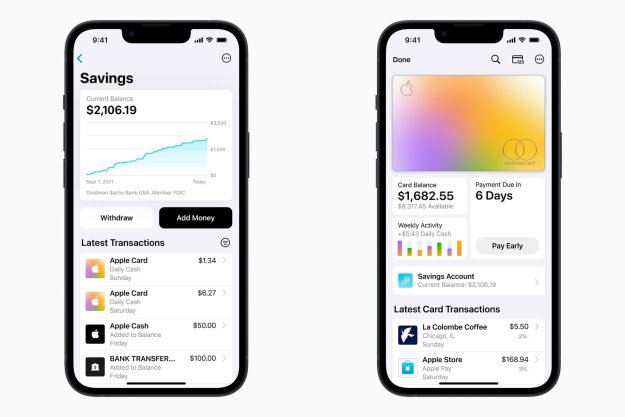
Well, almost.
Speaking at the Goldman Sachs Communacopia conference in New York, Comcast CEO Brian Roberts said that a new Wi-Fi-based wireless service will be made available “somewhere in the middle of next year, maybe a little sooner, but not at the beginning of next year.” Curiously enough, the service will depend upon the Verizon Wireless network, as it will use leased airwaves from Verizon’s network in conjunction with Comcast’s 15 million Wi-Fi locations.
Roberts remained tight-lipped on further details regarding the new service and said only that the new mobile solution will be geared toward Comcast’s existing cable customer base. With this new offering, the cable company can compete with a partnership between AT&T and DirecTV that currently lets DirecTV subscribers sign up for an exclusive AT&T unlimited data plan.
It may seem strange for a company that has long been known for its broadcast and cable television services to enter the mobile services game, but researcher Craig Moffett calls that just good sense.
“The lines between wired and wireless networks are blurring,” he told Fortune. “For Comcast … being a wireless operator isn’t optional. All network operators are going to be in the wireless business whether they like it or not.”
When Comcast does ultimately unveil its mobile phone service, it will become the first cable mobile virtual network operator (MVNO), which refers to a situation in which “one company buys capacity on other wireless carriers’ networks and resells services under its own brand,” Bloomberg explains. It could ultimately pave the way for Comcast to acquire a carrier so that it can stop renting and just buy instead.
“Most investors wouldn’t be surprised to see Comcast pursue a multi-pronged strategy of developing an MVNO, acquiring additional spectrum, and pursuing an acquisition of an existing network provider,” said Paul Sweeney, a Bloomberg Intelligence analyst.
So look out cell phone carriers — your slice of the pie may be getting smaller pretty soon.
Editors' Recommendations
- The best prepaid phone plans in 2023: the 6 best ones
- It’s 50 years to the day since the first cell phone call
- T-Mobile is leaving AT&T and Verizon in the 5G dust
- The ROG Phone 6 Diablo Edition looks like it’s straight out of hell
- It’s late 2022, and Verizon and AT&T still can’t beat T-Mobile’s 5G network


